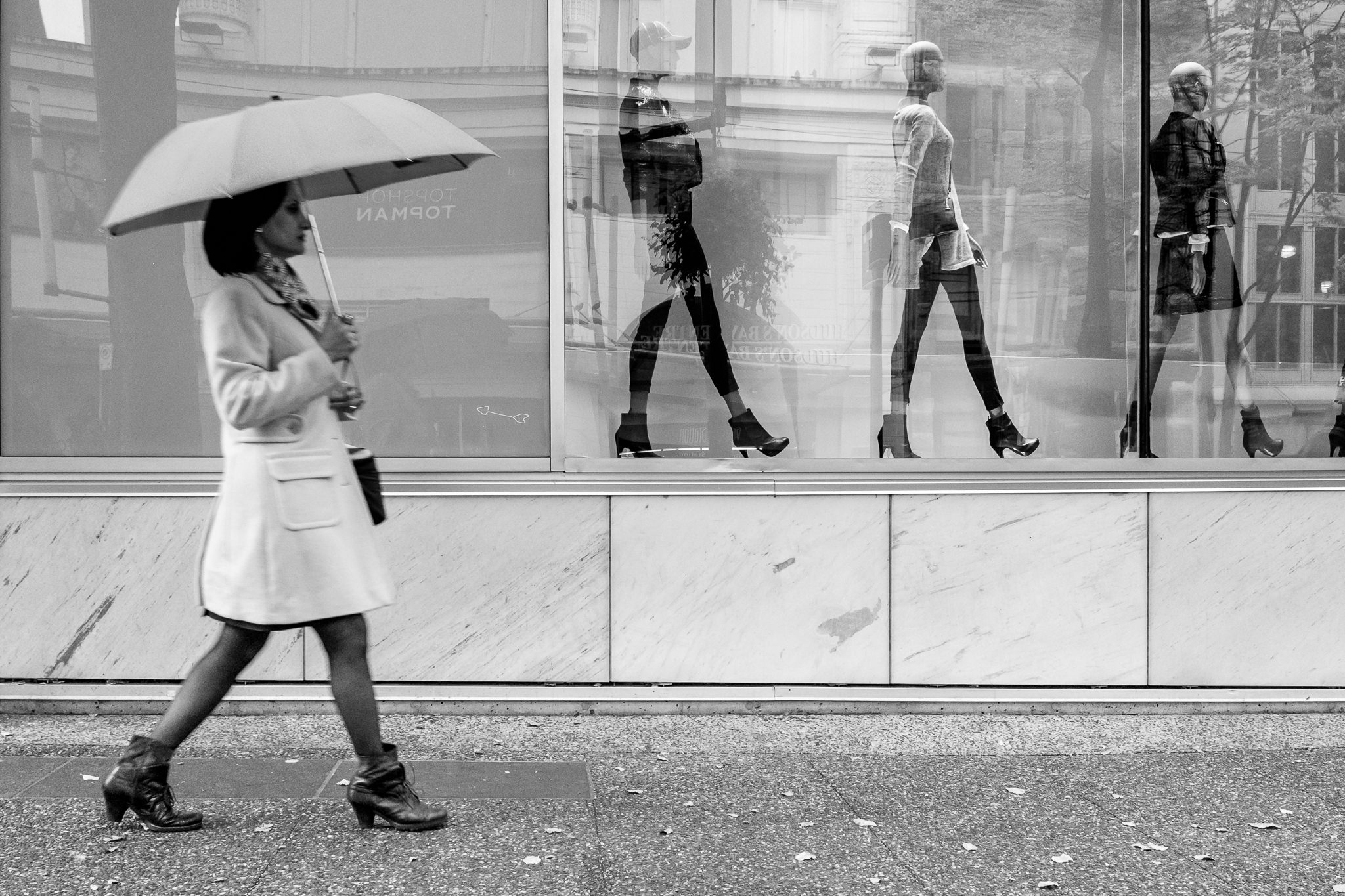The Ultimate Guide To Framing Streets
Wiki Article
Framing Streets for Dummies
Table of ContentsFraming Streets Things To Know Before You Get ThisThe smart Trick of Framing Streets That Nobody is Talking AboutThe 6-Minute Rule for Framing StreetsThe smart Trick of Framing Streets That Nobody is Discussing7 Easy Facts About Framing Streets ShownThe Main Principles Of Framing Streets
, generally with the aim of recording images at a decisive or poignant moment by careful framing and timing. https://www.imdb.com/user/ur175665524/?ref_=nv_usr_prof_2.The 15-Second Trick For Framing Streets
Susan Sontag, 1977 Street digital photography can concentrate on individuals and their habits in public. In this regard, the street professional photographer is comparable to social docudrama digital photographers or photographers who additionally operate in public places, yet with the aim of capturing relevant events. Any one of these professional photographers' photos might record individuals and home visible within or from public areas, which usually involves navigating moral problems and legislations of personal privacy, safety and security, and property.Depictions of daily public life develop a category in practically every duration of world art, starting in the pre-historic, Sumerian, Egyptian and very early Buddhist art durations. Art dealing with the life of the street, whether within sights of cityscapes, or as the dominant concept, shows up in the West in the canon of the North Renaissance, Baroque, Rococo, of Romanticism, Realism, Impressionism and Post-Impressionism.
Things about Framing Streets
Louis Daguerre: "Blvd du Temple" (1838 or 1839) In 1838 or 1839 the first photograph of numbers in the street was videotaped by Louis-Jacques-Mand Daguerre in among a pair of daguerreotype sights extracted from his studio window of the Boulevard du Temple in Paris. The 2nd, made at the height of the day, reveals an uninhabited stretch of road, while the various other was taken at regarding 8:00 am, and as Beaumont Newhall reports, "The Boulevard, so regularly full of a moving throng of pedestrians and carriages was perfectly solitary, other than a person who was having his boots combed.As a result his boots and legs were well specified, however he is without body or head, because these remained in motion." Charles Ngre, waterseller Charles Ngre. https://www.mixcloud.com/framingstreets1/ was the first photographer to attain the technical elegance required to sign up people in activity on the street in Paris in 1851. Professional Photographer John Thomson, a Scotsman collaborating with reporter and social lobbyist Adolphe Smith, released Street Life in London in twelve regular monthly installations beginning in February 1877
The smart Trick of Framing Streets That Nobody is Discussing
Eugene Atget is regarded as a progenitor, not due to the fact that he was the very first of his kind, but as an outcome of the popularisation in the late 1920s of his document of Parisian roads by Berenice Abbott, that was influenced to embark on a similar documents of New york city City. [] As the city established, Atget assisted to promote Parisian roads as a worthy topic for digital photography.An Unbiased View of Framing Streets
Martin is the first recorded professional photographer to do so in London with a masked camera. Mass-Observation was a social research organisation established in 1937 which aimed to record daily life in Britain and to tape the responses of the 'man-in-the-street' to King Edward VIII's abdication in 1936 to wed divorce Wallis Simpson, and the sequence of George VI. The principal Mass-Observationists were anthropologist Tom Harrisson in Bolton and poet Charles Madge in London, and their initial report was created as guide "May the Twelfth: Mass-Observation Day-Surveys 1937 by over two hundred viewers" [] Window cleaner at Kottbusser Tor, Berlin, by Elsa Thiemann c. 1946 The post-war French Humanist College professional photographers found their subjects on the street or in the restaurant. Between 1946 and 1957 Le Groupe des XV every year exhibited work of this kind. Andre Kertesz. Circus, Budapest, 19 May 1920 Street digital photography created the significant content of 2 events at the Museum of Modern Art (Mo, MA) in New york city curated by Edward Steichen, Five French Digital Photographers: Brassai; Cartier-Bresson, Doisneau, Ronis, Izis in 1951 to 1952, and Post-war European Photography in 1953, which exported the concept of street digital photography internationally.
Little Known Facts About Framing Streets.
The recording machine was 'a covert electronic camera', a 35 mm Contax concealed under his layer, that was 'strapped to the upper body and connected to a lengthy cable strung down the best sleeve'. Nevertheless, his job had little modern impact as because of Evans' sensitivities regarding the originality of his task and the privacy of his subjects, it Related Site was not released till 1966, in the book Many Are Called, with an introduction composed by James Agee in 1940.Helen Levitt, after that an instructor of children, connected with Evans in 193839. She recorded the temporal chalk drawings - 50mm street photography that were component of youngsters's street culture in New york city at the time, along with the children who made them. In July 1939, Mo, MA's brand-new digital photography area consisted of Levitt's operate in its inaugural exhibitRobert Frank's 1958 publication,, was significant; raw and typically indistinct, Frank's pictures examined conventional photography of the time, "challenged all the official guidelines set by Henri Cartier-Bresson and Walker Evans" and "flew in the face of the wholesome pictorialism and heartfelt photojournalism of American magazines like LIFE and Time".
Report this wiki page